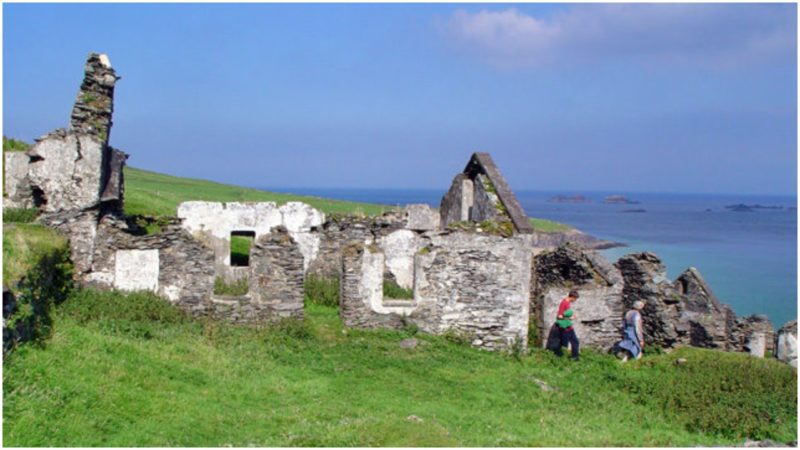A little over a mile from Dunmore Head on the southwest coast of Ireland, with the highest point reaching 958 feet, is an island, the beauty of which has been captured in numerous photographs, paintings, and in both poetry and prose. But it is the ugly side of the island that forced everyone to leave, never to come back.
Bearing the name of Great Blasket Island, it is a land mass that can only be reached by ferry during the summer when the sea is more welcoming. The closest town on the mainland is Dunquin, but even from here the island is sometimes barely visible, shrouded in a thick sea mist.
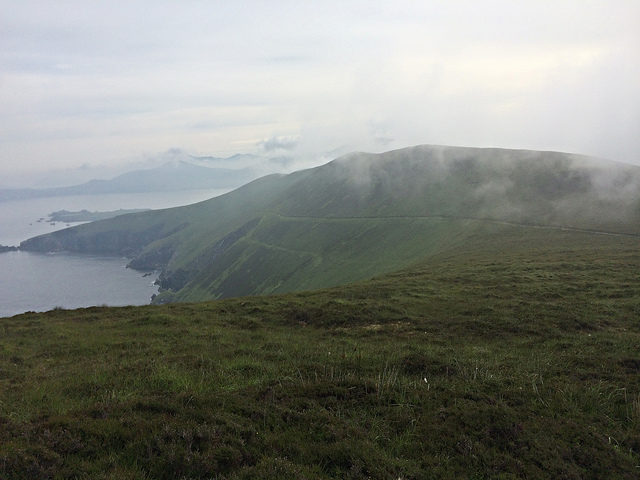
The island is part of an archipelago named the Blasket Islands and bearing the prefix of great means that this one is the largest of them all. And on its east side, there lies a vacant village, the history of which tells of farmers and fishermen, and the bereavement of Seánín Ó Cearnaigh.
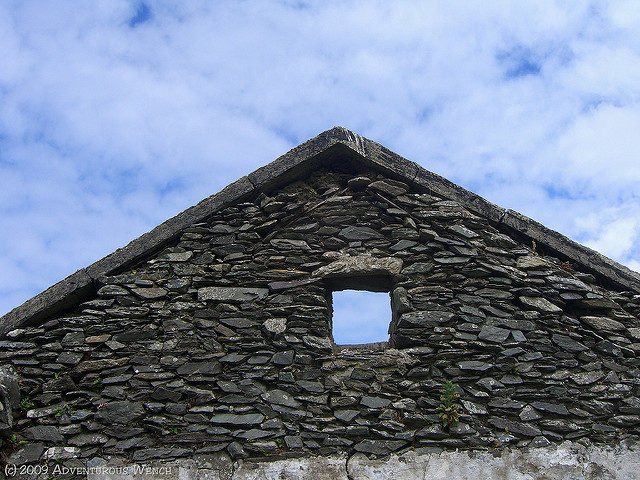
Even at it’s peak, only around 175 people lived on Great Blasket Island, but it seems the rugged lifestyle and wild terrain were a creative inspiration as the population included three notable Irish writers, Thomas O’Crohan, Maurice O’Sullivan, and Peig Sayers, who gifted the world with fine literature that sprang from their inner thoughts.
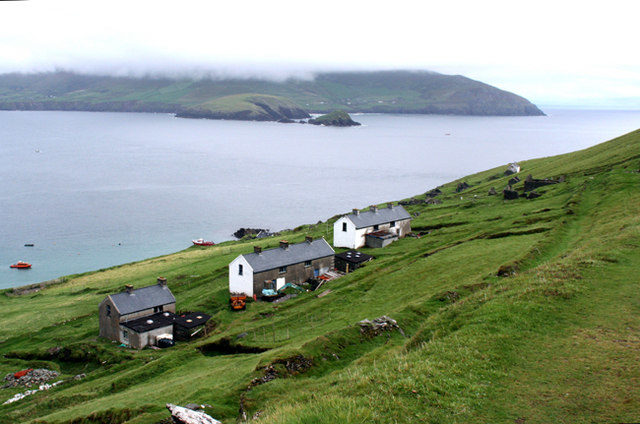
It was following a particularly prolonged period of bad weather in 1947 when the islanders first requested that they were moved to the mainland. Trapped on the island, cut off from the rest of the world for several weeks, the residents of Great Blasket Island were forced to seek help from the mainland and sent a telegram to the Prime Minister of Ireland, Éamon de Valera, requesting a vital stash of supplies be sent to the island. It took two days for the urgently needed supplies to reach the island.
The island’s population had been in decline for some time, but it was the death of a fellow islander by the name of Seánín Ó Cearnaigh that was the turning point for the remaining islanders. When 24-year-old Seánín Ó Cearnaigh became sick, no doctor could reach the island due to the bad weather. His condition worsened and eventually he passed away. But once more, the weather got the upper hand, and now no priest could get on the island either to send Seánín off.
The bad weather conditions continued for days and the dead body remained trapped on the island. The islanders couldn’t take Seánín to the graveyards in Dunquin for a proper burial. Once the elements calmed and everything was taken care of, the Government of Ireland began making plans to evacuate its citizens off the Blasket Islands.
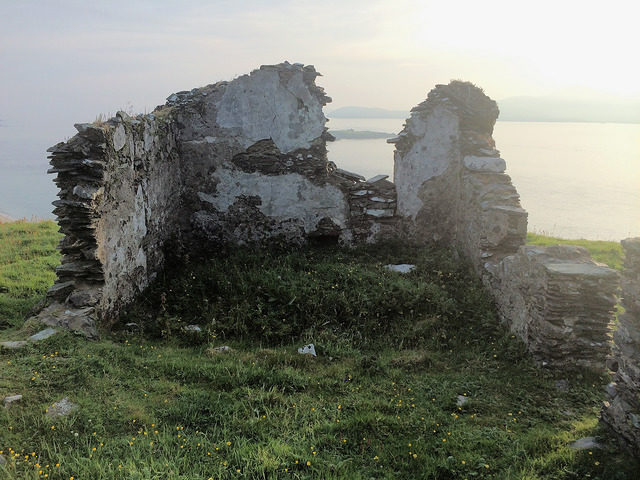
The last 22 Great Blasket islanders left behind their traditional way of life and were evacuated to the mainland in 1953. They left behind their sheep, which they were able to tend to when the weather was favorable. Seánín Ó Cearnaigh’s brother Michael, who left the island in 1937 at the age of 17, fondly remembers his childhood in his book From The Great Blasket To America – The Last Memoir by an Islander. Even after moving to Dublin, and years later to Springfield, Massachusetts, Michael told Irish Central in 2013 “It’s the most beautiful place on Earth, but the best thing about it was the people. We had no court, no doctor, no nurse and no priest, but we didn’t need them, because we had the best community you could imagine.”
Central Statistics Office census data shows that four people claimed residency on Great Blasket Island in 1986 and 1991, and two in 2006. Nowadays the island is vacant, abandoned, and filled with old crumbling stone houses, except for five of them that were restored and serve as self-catering accommodation. One of these is the former home of author Peig Sayers.
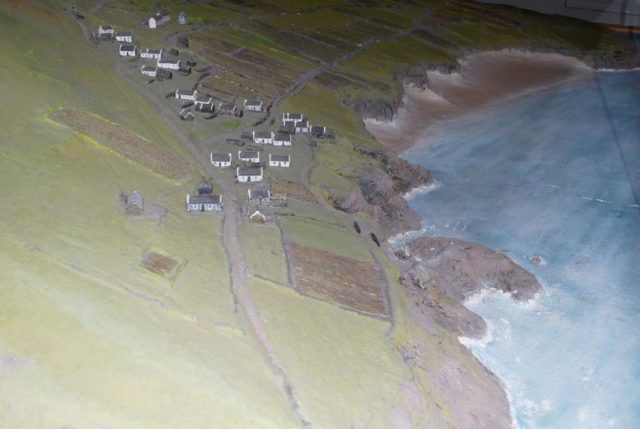
Having no people most of the time, the wildlife of the island certainly found its peace. Both plants and animals thrive here. The island features a great diversity of birds and sea creatures such as the Atlantic grey seals that use the shores of this abandoned island to relax. Auks and fulmars, and no small amount of wild rabbits too, have made a home of this island that can be both welcoming and hostile.
